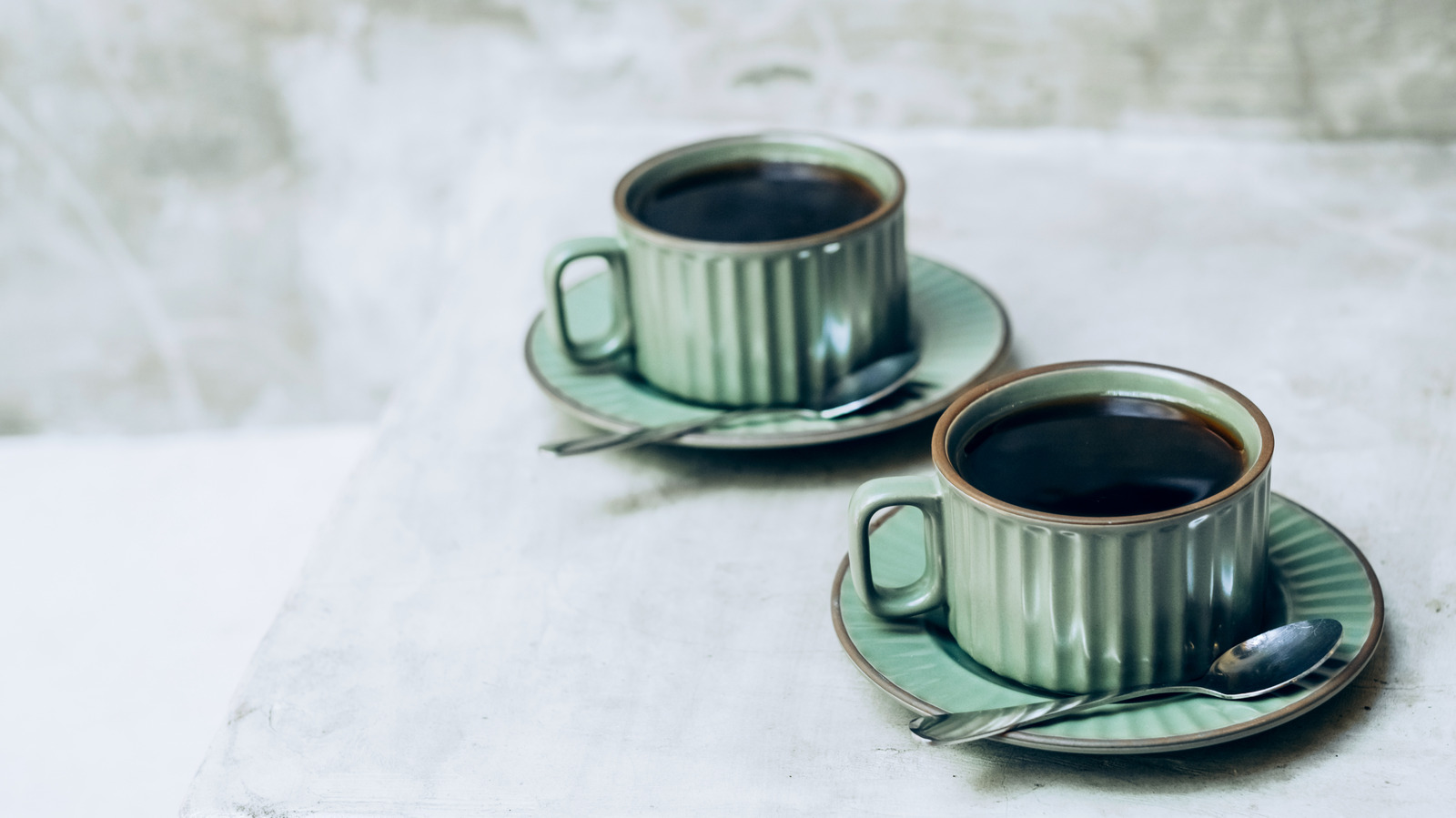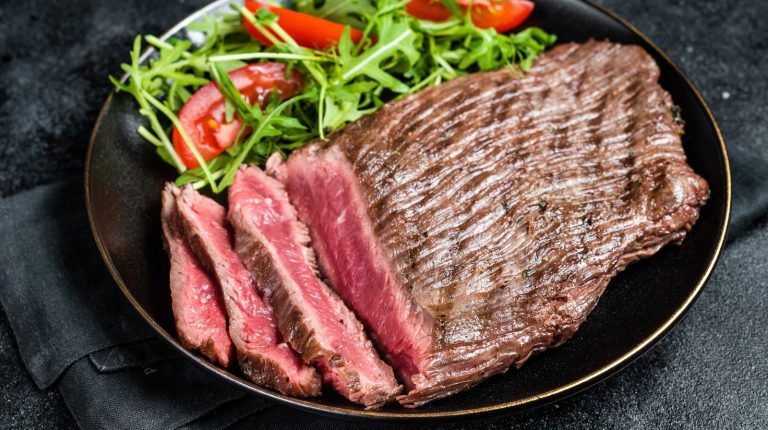We may receive a commission on purchases made from links.
Mug collections are like snowflakes: No two are the same. We build our collections based on our style and interests, choosing perfectly cute sets or eclectic assortments that brighten our morning coffee or afternoon tea rituals. But there are things to keep in mind when buying mugs, from their heat retention to their durability. The most important thing to take note of is if they’re actually safe to use, and that’s especially crucial with vintage mugs. It’s fun to build a collection of mugs over time, representing different eras, but the thing to watch out for is that until 1992, many pieces of glassware and ceramic ware like mugs could legally contain lead — and usually did. So, is that cool flea market mug okay to drink from?
If the mug was made before the lead-restricting legislation in 1992, there’s a good chance it contains lead. Lead gave glassware extra brilliance, and ceramic and paint richness and brightness. Before studies revealed how toxic lead is, it was a common part of many materials. Labels and packaging might list if a mug contains lead, but chances are your thrift shop find didn’t come with that. To test it yourself, you can order a testing kit for about $15, but know that results aren’t always exact. If the mug has especially bright paint or a shiny glaze, it probably has lead. You can also rub it with a lemon slice or vinegar, rinse it, and see if any marks remain, which could indicate lead.
How dangerous could lead in your mug be?
Lead is toxic and can harm almost any part of your body, especially impacting kidney function and causing high blood pressure. It is quite dangerous for pregnant women as well as for children because of the developmental risks it poses. In the quantities the average mug might contain, it isn’t likely to cause much damage to an adult who drinks out of it infrequently. But repeated use could lead to problems, and it takes less interaction to affect pregnant women and kids. With each use, lead is leaching out of the material, and we’re ingesting it. For that reason, you don’t want to drink out of a cracked vintage mug, as that’s immediate access to the lead inside.
Lead-based paint was outlawed in 1971. Those restrictions were strengthened 21 years later, which is when things like ceramic mugs were included. Then, in 2021, the New York City Department of Health advised people not to eat or drink from ceramic ware they couldn’t confirm was food-safe because following 15 cases of lead poisoning. Consumers have become more vigilant in shopping, making sure they know things like the best water bottles that don’t contain lead before buying. Because this is so much harder to verify for older items, which weren’t bound by anti-lead laws, it’s safest to avoid drinking from vintage mugs, Instead, find fun, alternative ways to use mugs, as candle holders or planters.





